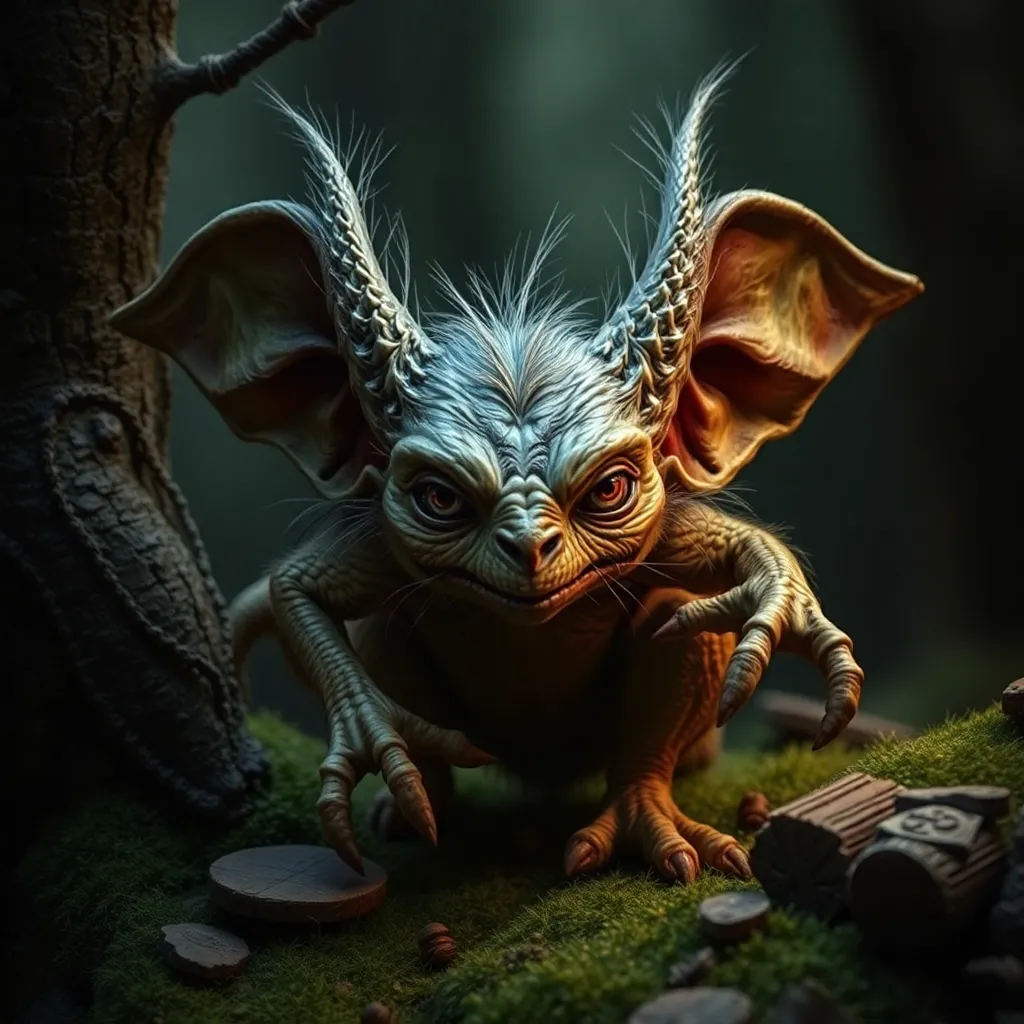The Brownie’s Role in Nature: Folklore & Environmental Symbolism
I. Introduction
In the rich tapestry of folklore, Brownies emerge as enchanting figures, often depicted as small, helpful creatures residing in the wilds of nature. These mythical beings are known for their industriousness and benevolence, performing countless acts of kindness for those who respect the earth. This article aims to explore the role of Brownies in folklore, their connection to nature, and their symbolic significance in environmentalism.
II. Historical Context of Brownies
A. Origins in Celtic Mythology
Brownies trace their origins back to Celtic mythology, where they were seen as household spirits who assisted with daily chores. They were often associated with the land and agricultural practices, ensuring good harvests and protecting livestock. As guardians of the homestead, they embodied the connection between the household and the surrounding nature.
B. Evolution of Brownie Stories Across Different Cultures
As stories of Brownies spread throughout Europe, they morphed into various forms. In Scotland, they became known as “Brownies” while in other cultures, similar beings like “Kobolds” in Germany and “Leprechauns” in Ireland emerged. Each culture adapted the Brownie mythos to reflect local beliefs and environmental conditions, showcasing their universal appeal and adaptability.
III. Brownies as Nature Spirits
A. Characteristics and Attributes of Brownies
Brownies are often described as small, humanoid beings with a playful demeanor. They are typically depicted wearing brown clothing, which blends them into their natural surroundings. Notably, they are characterized by:
- Kindness and a sense of duty
- Strong ties to the land and its creatures
- Ability to become invisible or remain hidden
B. Connection to Natural Elements (Forests, Rivers, etc.)
Brownies are intrinsically linked to various natural elements, often believed to dwell in forests, meadows, and near rivers. They are seen as stewards of these environments, ensuring balance and harmony within ecosystems. Their presence is often a sign of a healthy, thriving natural world.
IV. Folklore and Environmental Stewardship
A. Brownies as Guardians of Nature
In folklore, Brownies are depicted as fierce protectors of nature. They are said to intervene when their habitats are threatened, showcasing their role as guardians of the earth. Many stories illustrate how Brownies would punish those who disrespect nature, reinforcing the importance of environmental stewardship.
B. Stories Illustrating Their Protective Roles Over Ecosystems
Numerous tales recount the adventures of Brownies thwarting greedy humans who seek to exploit natural resources. For instance:
- A Brownie might lead a lost traveler back to safety, ensuring they do not disturb the wildlife.
- They may play tricks on those attempting to cut down sacred trees, protecting the forest.
V. Symbolism of Brownies in Environmentalism
A. Representation of Harmony Between Humans and Nature
Brownies symbolize a harmonious relationship between humanity and the natural world. They remind us of the importance of living in balance with nature, advocating for respect and care for the environment. Their stories often highlight the consequences of neglecting this bond.
B. Modern Interpretations and Their Relevance to Current Environmental Issues
In contemporary times, Brownies have been reinterpreted as symbols of environmental activism. Their tales echo the urgency of protecting our planet, resonating with current issues such as climate change, deforestation, and biodiversity loss. They serve as a reminder that we are all stewards of the earth.
VI. Brownies in Literature and Art
A. Depictions of Brownies in Classic and Contemporary Works
Brownies have made their way into both classic literature and modern storytelling. From the charming tales of Beatrix Potter to contemporary children’s books, they continue to captivate audiences. Their roles often emphasize themes of kindness, cooperation, and respect for nature.
B. Influence on Environmental Movements Through Storytelling
Through literature and art, Brownies have inspired environmental movements, encouraging people to reconnect with nature and advocate for its preservation. Their stories emphasize the need for community involvement in conservation efforts, inspiring initiatives that honor folklore while promoting ecological sustainability.
VII. The Modern Revival of Brownie Folklore
A. Growing Interest in Folklore and Nature Conservation
In recent years, there has been a resurgence of interest in folklore, particularly in its connection to nature conservation. Communities are exploring their local mythologies, including Brownie tales, to foster a deeper appreciation for the natural world and its preservation.
B. Examples of Community Initiatives Inspired by Brownie Legends
Several community initiatives have emerged that draw inspiration from Brownie folklore, such as:
- Nature walks that educate participants about local ecology and folklore.
- Art installations depicting Brownies to raise awareness about environmental issues.
- Storytelling festivals that celebrate local myths and promote conservation messages.
VIII. Conclusion
In conclusion, Brownies hold a significant place in folklore and ecology, serving as symbols of environmental stewardship and harmony between humans and nature. Their enchanting stories remind us of our responsibility to care for the earth. As we face pressing environmental challenges, embracing the wisdom of folklore, including the legacy of Brownies, can inspire new generations to advocate for a sustainable future.



